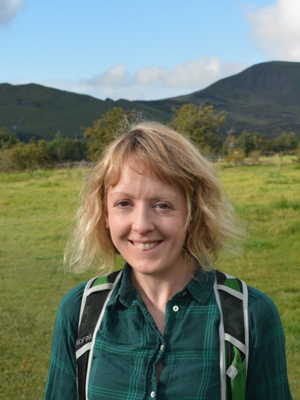I’ve always been drawn to water and swimming outdoors is one of my favourite things to do in the summer. Whether it’s a dip in the sea or one of Britain’s many lakes or rivers, I love being in nature while I swim.
However stressful or busy my week has been, once I’ve endured the initial shock of the cold water, a couple of strokes later I feel a sense of calm. Gliding through the water and catching a glimpse of the sky or the occasional fish darting just out of reach I find myself completely in the moment and previous busy thoughts are forgotten. Swimming outdoors gives me am exhilarating sense of freedom, and I find it the perfect place to clear my head.
Since I started my training for the River Dart 10K swim, which takes place in early September, I have been exploring outdoor swimming spots in the South West and feel rather spoilt for choice. From the incredible Jurassic coastline to gorgeous hidden lakes and rugged quarries, I’m yet to swim in the same place twice. While the bulk of my training in the week involves slightly mundane lengths in the indoor pool, come the weekend I head outdoors.
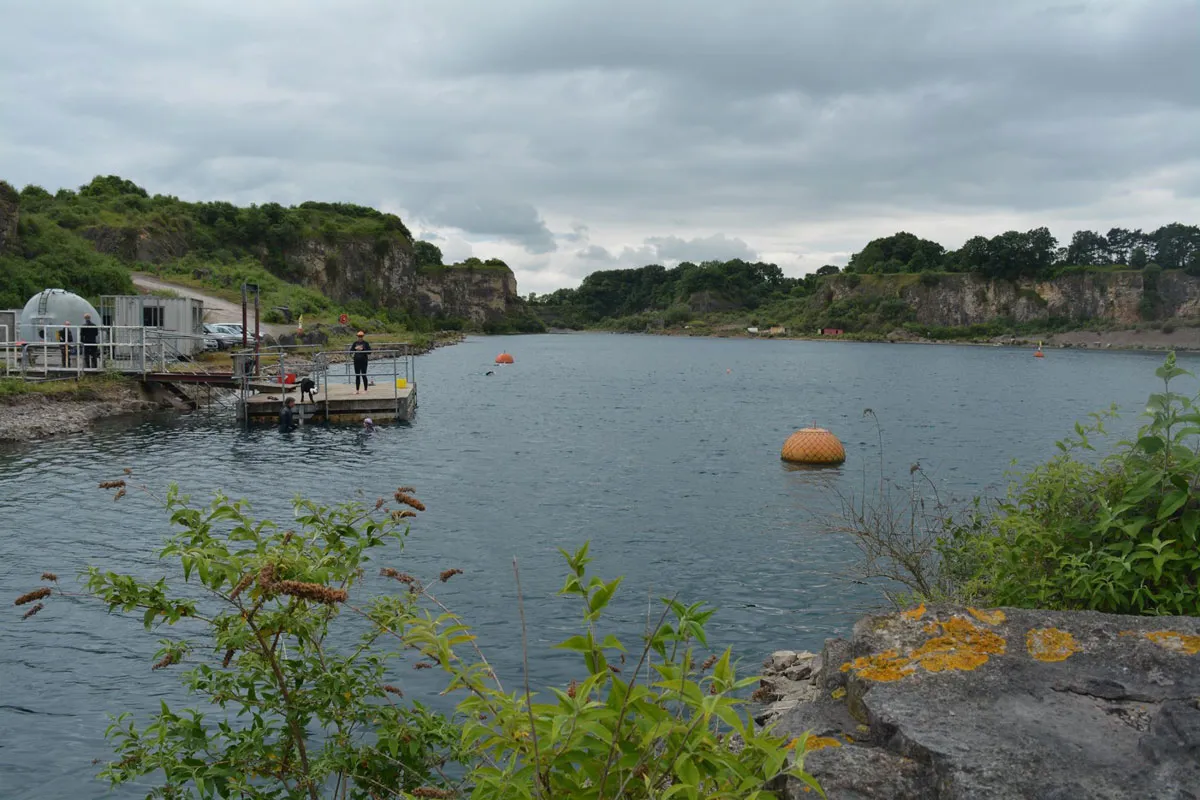
My first outdoor swimming expedition took me to Cromhall Quarry in Wotton-Under-Edge. A former limestone quarry, it is also a Site of Special Scientific Interest (SSSI) and home to an impressive array of fossils, including the infamous Cromhall dinosaur. It’s also a unique place to swim as it’s home to EU protected Great Crested Newts and other interesting wildlife.
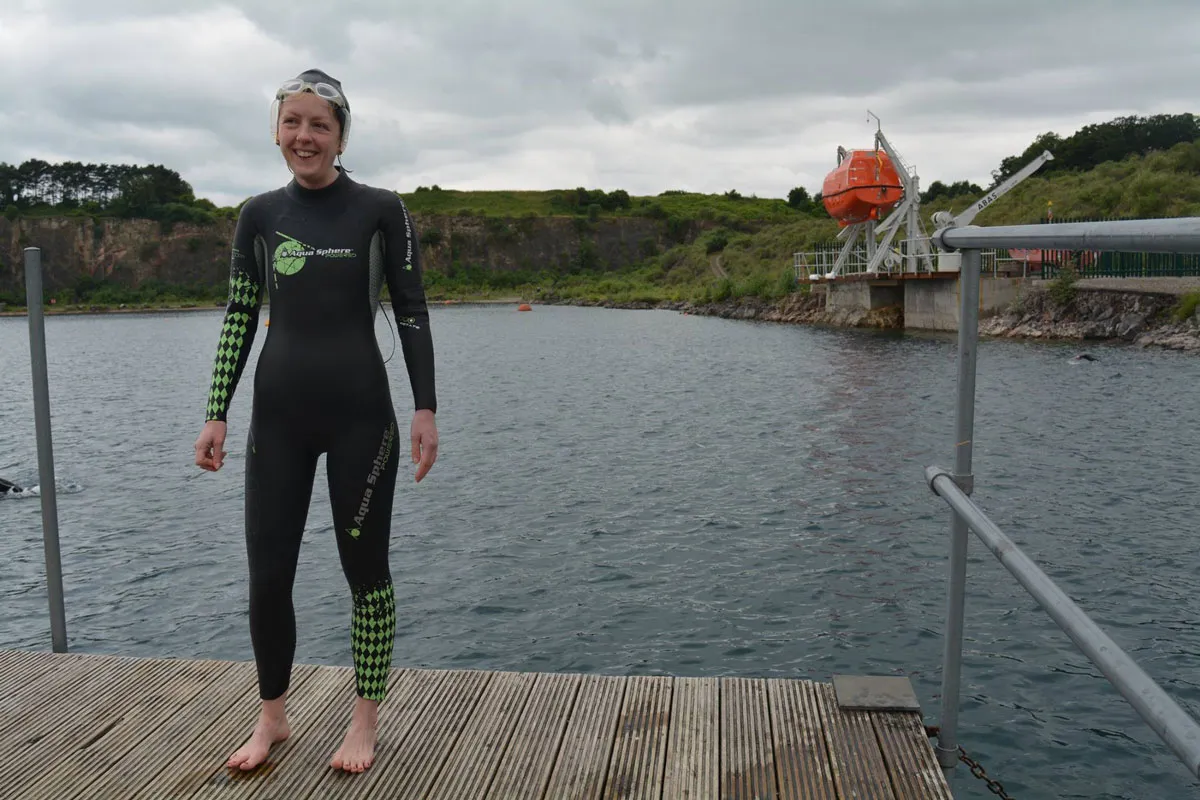
I’m a fairly experienced swimmer, but initially I found the 55-acre site, which is also used by divers, daunting. My heart pounded as I spotted a ‘monster’ lurking in the depths. Thankfully, it turned out to be a diver coming to the surface for air.
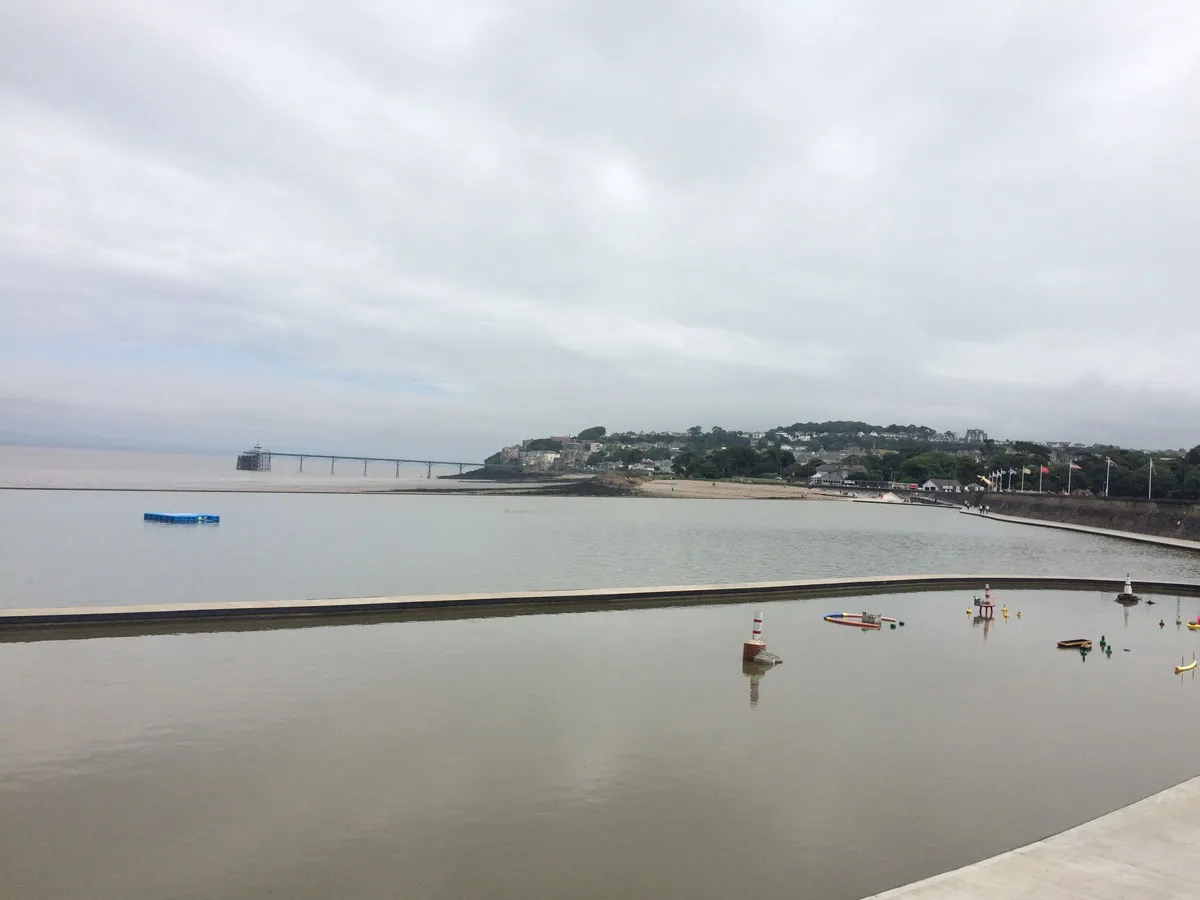
The following weekend, I took a trip to the spectacular Marine Lake in Clevedon. Only recently reopened to the public after a six-month restoration project funded by the Heritage Lottery, the 250m is free to use. With a dramatic view of the famous Clevedon Pier and sweeping views across the bay, it is easy to see why Victorian holidaymakers flocked to Clevedon. Marine Lake itself dates back to 1929, but sea bathing in Clevedon goes back to the 19th Century.
The salty and slightly murky seawater offered a very different experience to the crystal clear waters of Cromhall Quarry, and initially I struggled to swim in a straight line. After working on my sighting technique, I started to relax into the swim and find my flow.
As Britain basked in a short but glorious heat wave, BBC Countryfile Magazine Production Editor Maria and I headed to one of Bristol’s nicest swimming spots, Henleaze Lake.
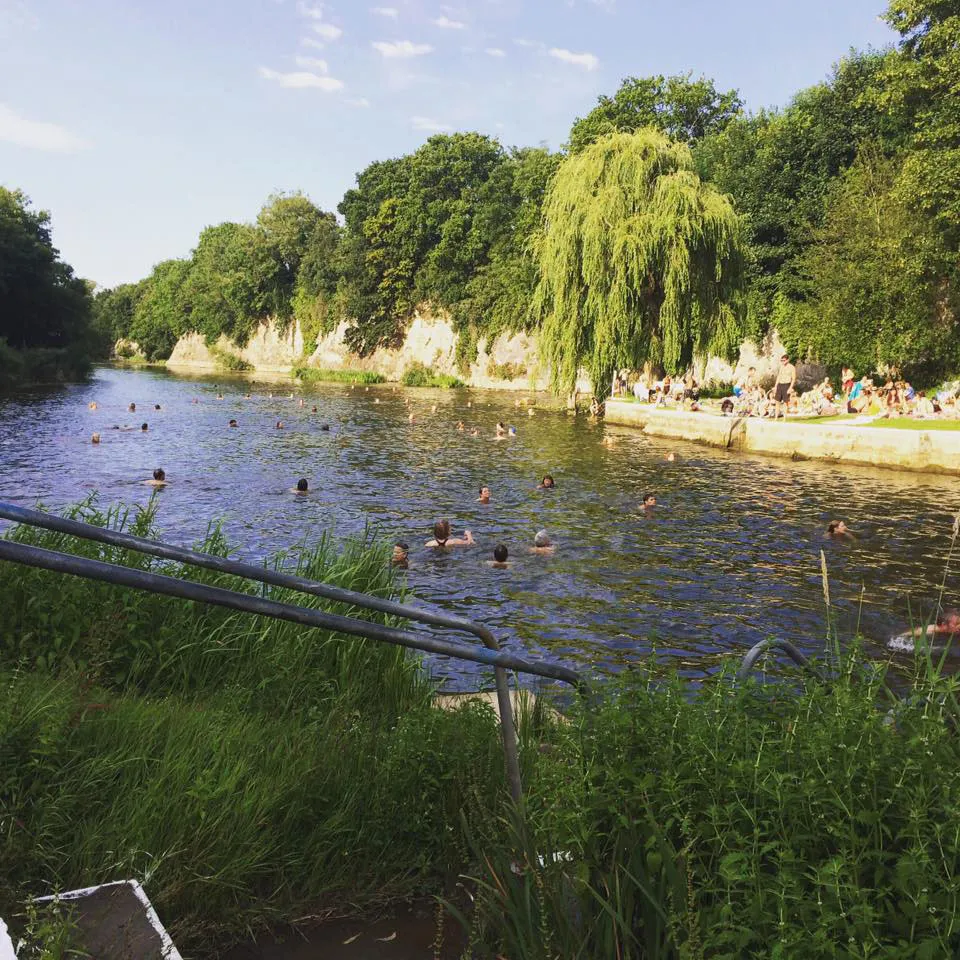
Another former limestone quarry, the lake is filled with spring water and is set in picturesque surroundings, with a grassy wooded bank on one side and framed by trees. The lake is also a wildlife haven with wildflowers and aquatic plants. Birds spotted at the site include moorhens, mallards, herons and kingfishers.
After the quarry ceased production in 1903, it was allowed to flood and was used for swimming and in the winter, ice-skating. Henleaze Swimming Club was created in 1919 and has managed the lake since.
After melting in a hot office all day, we were ready to cool off and a leisurely post-work swim at Henleaze was a refreshing antidote.
While none of these three swimming spots are particularly wild, I also regularly take a dip in secluded rivers and coves, but I'll keep these secret locations to myself.
Stay safe
Swimming outdoors isn’t without risks, but provided you are sensible and know your limits, it’s an activity, which can be enjoyed by all ages.
Here’s 5 tips on staying safe when swimming:
- Know your limits: be realistic about your ability and fitness
- Do your research: check currents, tides, depth and local swimming advice before you swim
- Don’t swim alone: particularly if there’s no lifeguard
- Make sure you know how to get out of the water
- Don’t stray too far from shore
Where's your favourite place to swim in Britain?
